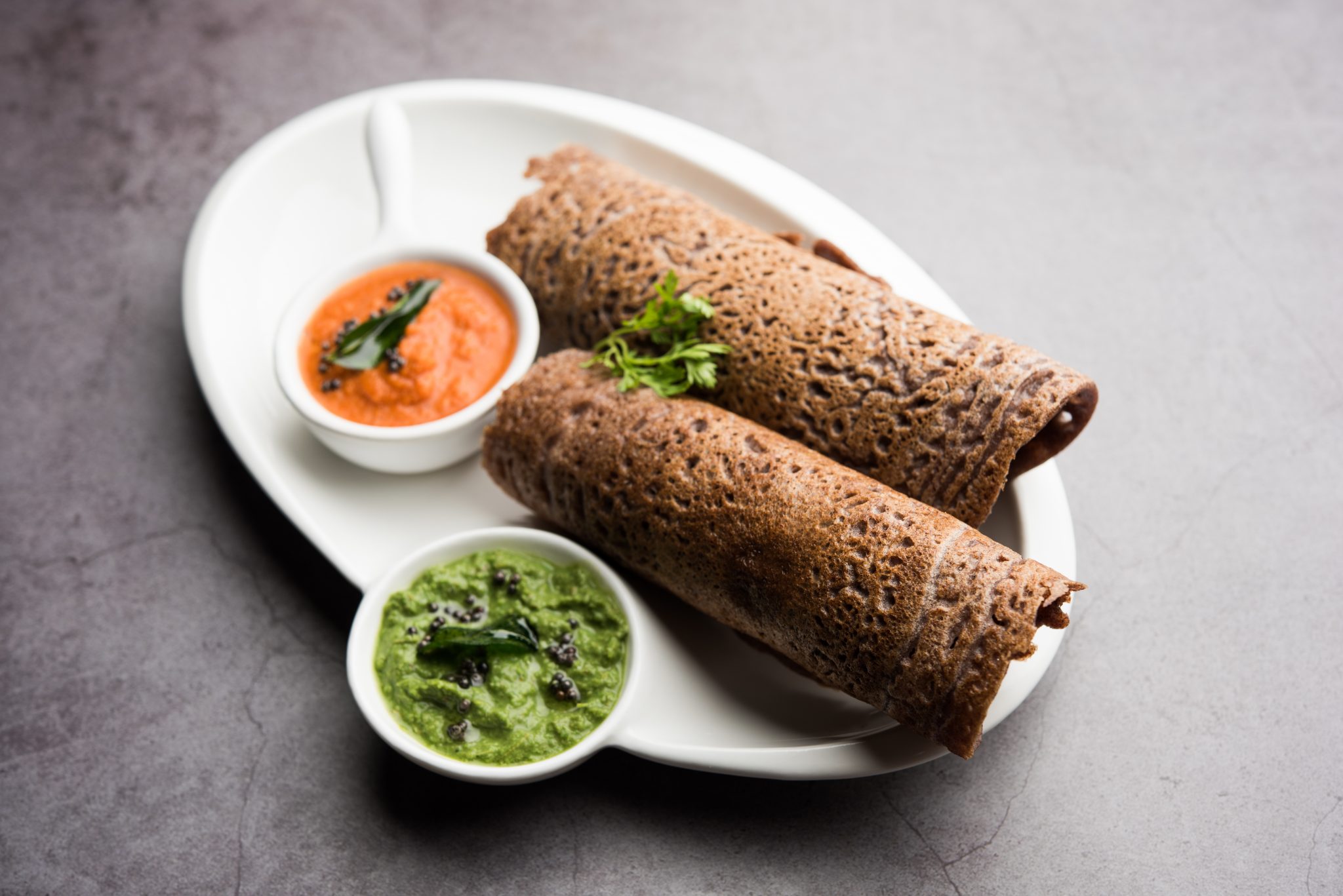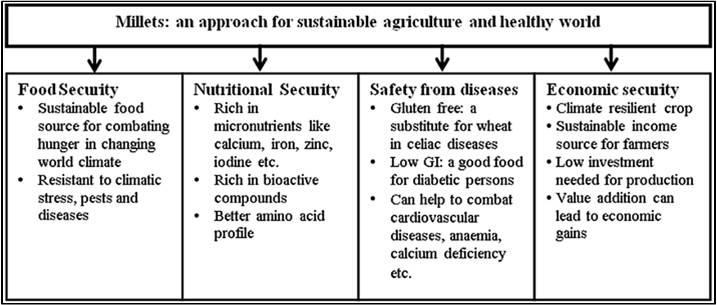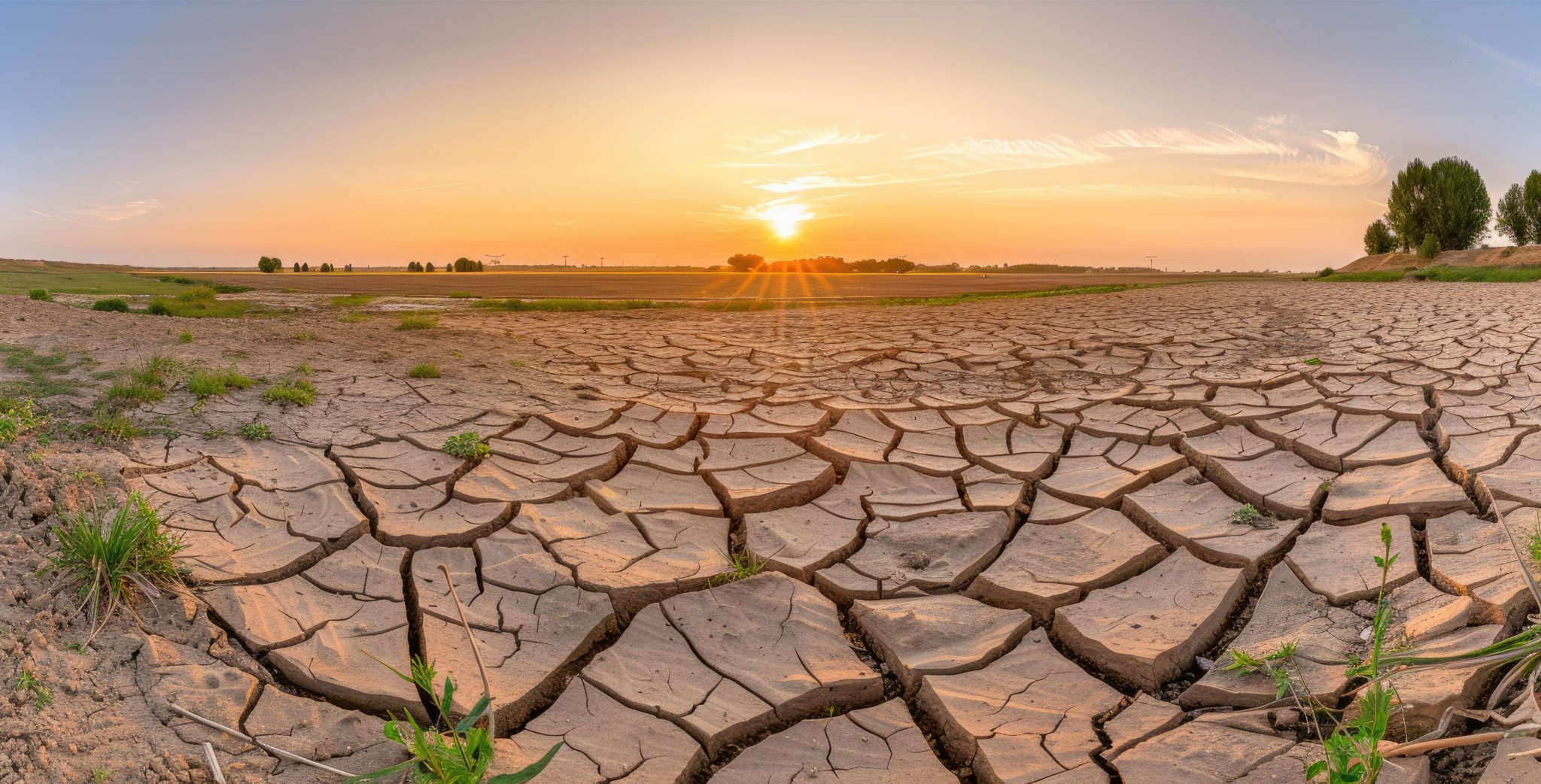
Nature’s Hidden Powerhouse
In the world of grains, millets often sit quietly in the background, overshadowed by the more prominent crops like wheat, rice, and maize. Yet, there’s something truly mysterious and fascinating about millets that has largely gone unnoticed: their incredible resilience and adaptability. This aspect of millets is not just a matter of agricultural interest but holds the potential to reshape food security and climate resilience in ways we are only beginning to understand.
The Ancient Grain with Modern Relevance
Millets are among the oldest cultivated grains, with a history that dates back thousands of years. They have been a staple food in many cultures, particularly in Africa and Asia, for generations. Despite their ancient origins, millets are incredibly well-suited to modern-day challenges, especially in the context of climate change and sustainable agriculture.
What makes millets so unique is their ability to thrive in harsh, arid conditions where other crops fail. This resilience is not just a testament to their genetic makeup but also to their adaptability to diverse climates and soils. In a world facing increasing climate unpredictability, millets might just hold the key to future food security.

The Hidden Nutritional Powerhouse
While their resilience is often highlighted, what’s equally mysterious is the rich nutritional profile of millets that has largely remained underappreciated. Millets are a powerhouse of essential nutrients, including fiber, iron, calcium, magnesium, and a range of antioxidants. They are gluten-free, making them an excellent alternative for those with gluten sensitivities.
The high fiber content in millets contributes to better digestive health, while their low glycemic index makes them ideal for managing blood sugar levels. Yet, despite these benefits, millets have not received the same level of attention in dietary recommendations or public health initiatives as other grains.

Unexplored Potential in Agro-Ecology
Another lesser-known aspect of millets is their role in agro-ecology. Millets are not just drought-resistant; they also require minimal water and fertilizer compared to other major cereals. This makes them an ideal crop for sustainable farming practices. However, what’s truly mysterious is how little this potential has been tapped into.
Millets have the ability to restore soil health and maintain biodiversity. They can be intercropped with legumes to enhance soil fertility, reducing the need for chemical fertilizers. In regions where monocropping of wheat or rice has led to soil degradation, millets could provide a much-needed solution to regenerate the land.

Image credits: Focus Global Reporter
The Underdog of Global Food Security
In global food security discussions, millets are often an afterthought, yet their potential to support vulnerable populations in the face of climate change is immense. Their resilience against extreme weather, pests, and diseases makes them a reliable crop in uncertain conditions. What’s mysterious is why millets haven’t been more widely promoted as a critical component of global food security strategies.
Governments and international bodies have only recently begun to recognize the importance of millets, particularly with the declaration of 2023 as the International Year of Millets by the United Nations. However, much work remains to be done to fully integrate millets into mainstream agriculture and food systems.

The Future of Millets: Unlocking the Mystery
As we face the realities of climate change, food insecurity, and malnutrition, millets are emerging as a mysterious yet promising solution. Their resilience, nutritional richness, and sustainable cultivation methods are exactly what the world needs right now. But to unlock their full potential, we must invest in research, promote millet-based diets, and integrate them into our agricultural policies.
The mystery of millets is not in their past but in their untapped future. As we begin to explore and understand the full range of benefits that millets offer, we might just find that this ancient grain holds the key to a more sustainable and food-secure world.
IS360 Can be Reached at
Sharing is caring!

